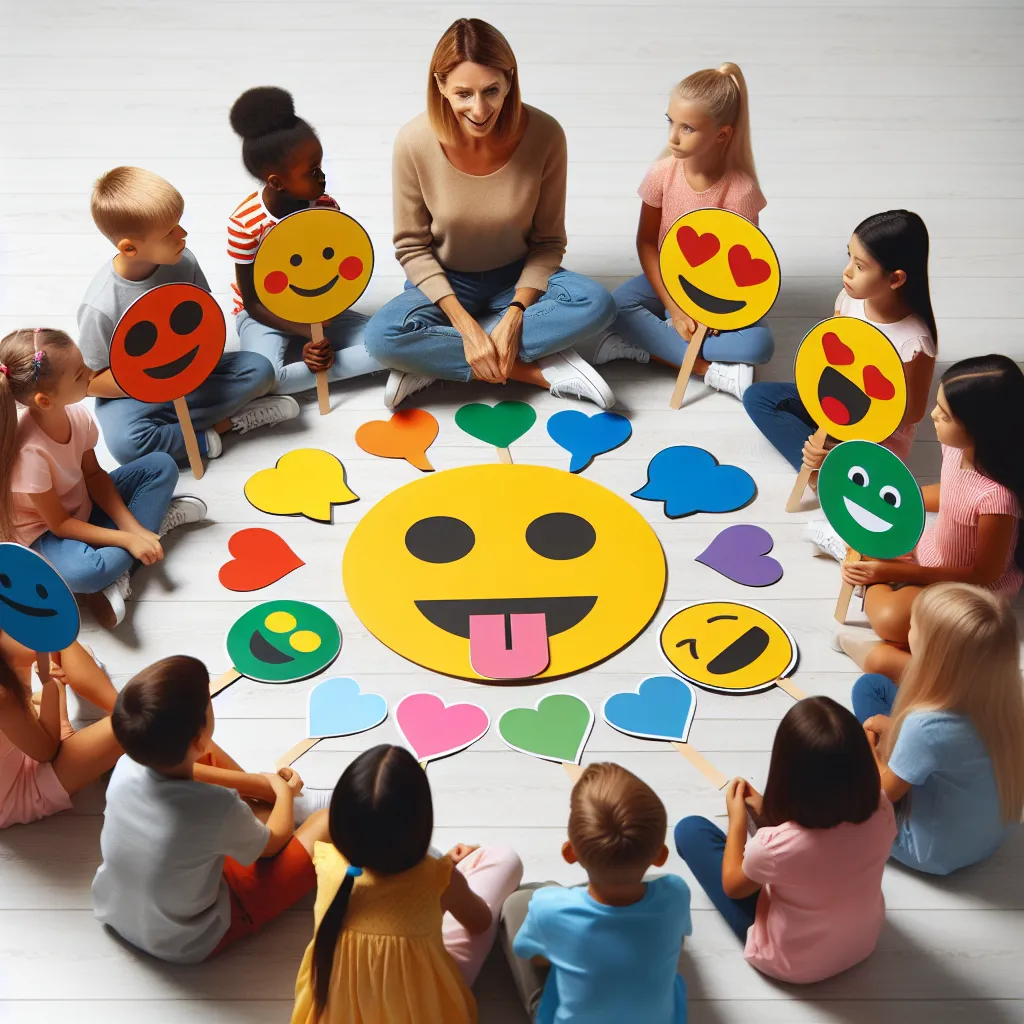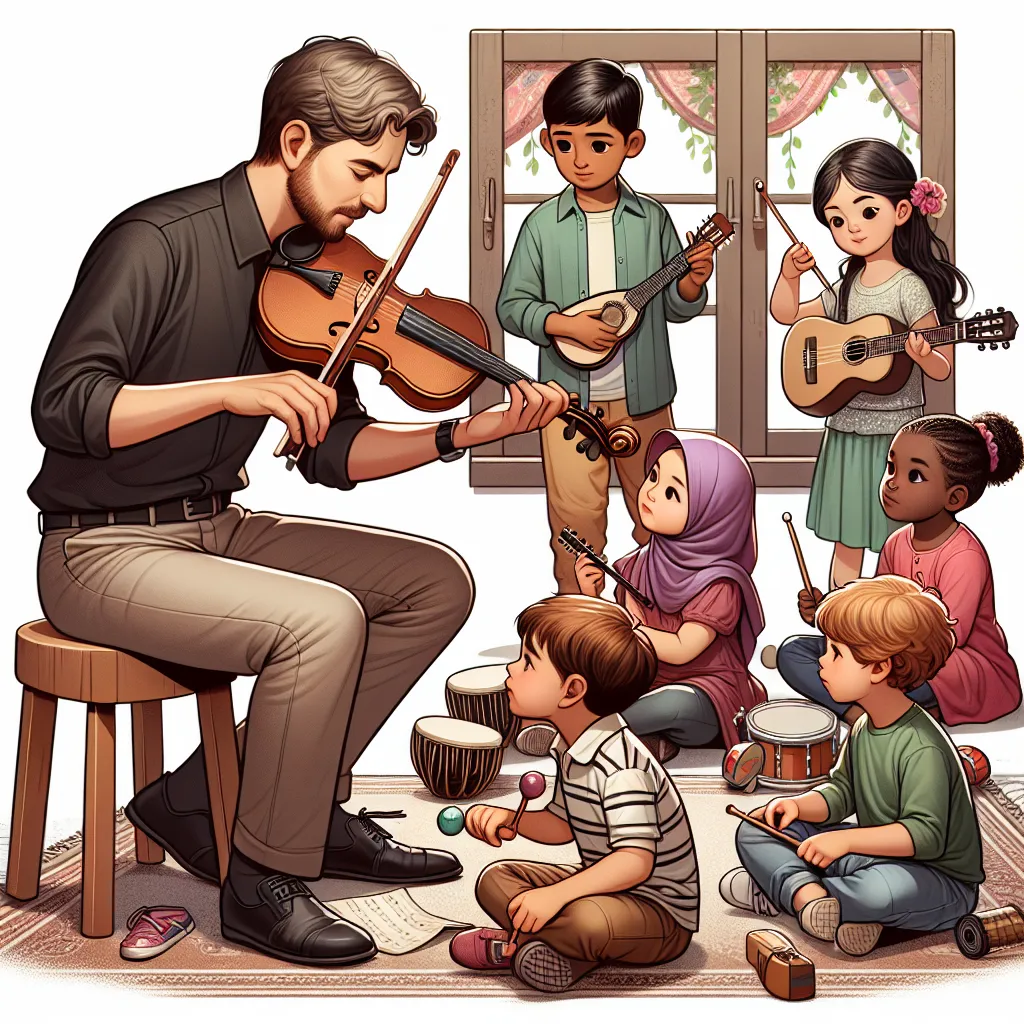Ask AI on The Internet
Question: Mpho turned 5 years on the 3rd of February. His mom decided to have a party at school with all thirty children in his class. But on the day of the party, 2 more children were enrolled in Mpho’s class. Mpho’s mom provided only 30 cupcakes, 30 sweets, 30 apples, and 6 2-litre bottles of orange juice – exactly enough for thirty children. Mpho had a big, rectangular birthday cake decorated with colourful Smarties. After the party, the children had fun playing outdoor games in groups of five. 1.Illustrate how each of these concepts(measure,number,recognizing shapes,counting and process of problem solving) can be developed through the activities from Mpho’s party. 2.Write down an activity you can do at the party, to teach the children problem-solving
### Developing Concepts Through Activities at Mpho’s Party 1. **Measure** - **Activity**: Pouring Juice - Children can assist in pouring the 2-litre bottles of orange juice into cups. They can learn about units of volume and practice estimating amounts needed for each child. 2. **Number** - **Activity**: Counting Cupcakes - The kids can help distribute the 30 cupcakes. They can learn to count and see the relationship between numbers and quantities, especially when they realize there aren't enough cupcakes for the additional children. 3. **Recognizing Shapes** - **Activity**: Decorating the Cake - When the children decorate the birthday cake with colourful Smarties, they can be encouraged to place them in specific shapes or patterns. This activity helps them recognize and form different geometric shapes such as circles, squares, and triangles. 4. **Counting** - **Activity**: Counting Sweets and Apples - Distributing one sweet and one apple to each child would reinforce counting skills, as they see that items can be counted to match the number of classmates. 5. **Process of Problem Solving** - **Activity**: Cupcake Shortage - When children realize there are 32 kids but only 30 cupcakes, sweets, and apples, they can work together to find a fair solution. This encourages problem-solving skills. ### Activity to Teach Problem-Solving at the Party **Activity Name**: Sharing Fairly **Objective**: To teach children how to solve a problem when resources are limited. **Materials**: - 30 cupcakes - 30 sweets - 30 apples - 6 2-litre bottles of orange juice - A big, rectangular birthday cake **Instructions**: 1. **Set the Scenario**: - Explain to the children that there are 32 of them but only 30 of each item (cupcakes, sweets, and apples). 2. **Discussion**: - Have a discussion about fairness and ask how they think they should distribute the items so that everyone is happy. - Guide them to think about sharing (e.g., splitting items, taking turns, saving some for later). 3. **Activity**: - Divide the children into small groups and give them the task of coming up with a plan to share the 30 cupcakes, 30 sweets, and 30 apples among all 32 of them. - Each group gets a chance to explain their solution. 4. **Implementation**: - Vote on the best solution, and then help the children implement it. - Ensure that real arrangements reflect fair sharing - perhaps cutting some items in half or devising a turn-taking system. 5. **Reflection**: - After sharing, have a short discussion with the children about the process. Ask questions like: - What did you find hard about sharing? - How did you feel during the problem-solving process? - Were you happy with the solution? Why or why not? **Outcome**: Through this activity, children will learn to: - Work collaboratively. - Understand and apply fair sharing. - Think critically and come up with solutions. - Reflect on the effectiveness of their problem-solving process. This activity not only teaches problem-solving but also incorporates counting, number sense, and developing a sense of fairness.
Think your answer is better than the AI's? Post it below.
Other Most Relevant Posts:
 1. **Resource Management Lessons**
2. **Practicing Sharing and Fairness**
3. **Adaptability and Inclusion Test**
4. **Learning Teamwork Through Games**
5. **Dividing Equally: Juice and Cake**
6.
1. **Resource Management Lessons**
2. **Practicing Sharing and Fairness**
3. **Adaptability and Inclusion Test**
4. **Learning Teamwork Through Games**
5. **Dividing Equally: Juice and Cake**
6.
Question Tags
If you want your question answered by an AI, click here.






Post your own comment: